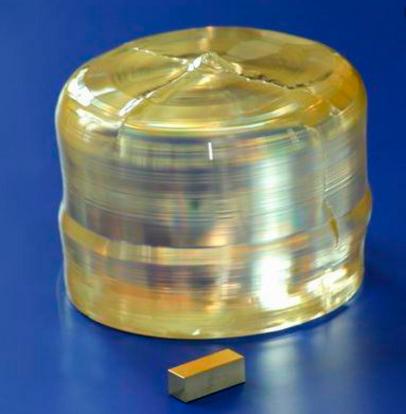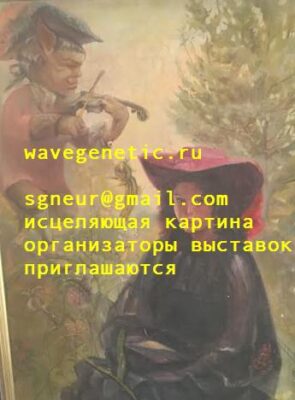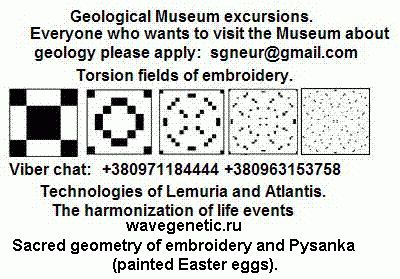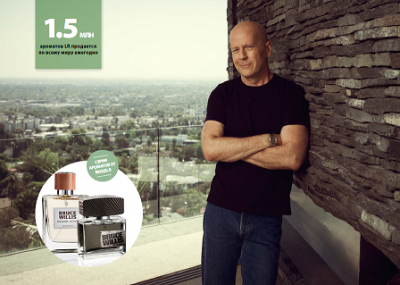
Lead tungstate ( PbWO4 )
Lead tungstate ( PbWO4 ) is a new scintillating crystal discovered in 1990s. It is one of the most dense oxide crystal ( 8.3g/cm3), and is distinguished by its short radiation length ( 0.9 cm), small Moliere radius ( 2.19cm) and strong irradiation hardness. Its scintillation light output peaks between 450-550nm with a fast component decay time in the range from 2-20ns. After irradiation with g-ray, the degradation in the optical transmittance is not large up to 106 rad. PbWO4 is considered as a promising scintillation material for electromagnetic spectrometer in high energy, nuclear physics experiment as well as nuclear medicine. Main Properties Crystal structure Tetragonal Space group I 41 /a Lattice constant (Å ) a = b = 5.416 , c = 12.049 Density (g/cm3) 8.28 Radiation length (cm) 0.92 Molere radius (cm) 2.19 Decay constant (ns) 6/30 Peak emission (nm) 440/530 Light output (%) 0.5 Index of refraction 2.16 Melting point (oC ) 1123 Hygroscopicity No Cleavage (101) Crystal boule size 30 mm in diameter x 100 mm in length
Scintillation single crystals 4.1. PbWO4 crystals The Czochralski method was considered to be the most suitable for large-scale industrial production of PbWO4 crystals. In particular, it was used to provide huge amounts of these crystals (about 100 000 scintillation elements) for the CMC and ALICE projects at CERN [15]. A crystal growth technology of large-size PbWO4 crystals (35 mm in diameter and 250 mm long) for scintillation detectors was developed at Institute. It is characterized by comprehensive approach to technological preparation of the starting material (including re- -crystallization) and to the doping of the crystals with dierent ions for the formation of preset properties, such as maximum position of luminescence spectrum, radiation hardness, absence of colour centres which re-absorb the host luminescence [15]. Experimental investigations of PbWO4 crystal growth were carried out by use of the setups with high-frequency heating Crystal 3M and Analog. Lead tungstate crystals were grown by the Czochralski method from platinum crucibles in an atmosphere with a composition close to that of air or inert gases. At rst the homogeneous mechanical mixture of tungsten and lead oxides (99.999% purity) was melted to increase the density and perform preliminary synthesis. For additional purication, averaging of the chemical composition, as well as for reducing the deviation from the stoichiometry, the charge was preliminarily re- -crystallized. During successive crystallization processes the melt composition is being corrected, the doping is realized taking into account the measurements of the parameters of the scintillation elements. Lanthanum, yttrium or niobium doped PbWO4 crystals were grown. The dopant concentration was few tens of ppm. The single crystals and rectangular scintillation elements are shown in Fig. 8. Fig. 8. PbWO4 single crystal and scintillation elements. The Czochralski method was successively applied for crystal growth where the formation of preset properties was achieved by modication of both the cationic and anionic sublattices. Experimental choice of growth conditions and dopants for modication of the cationic and anionic sublattices of PbWO4 crystal allows to control the properties of these crystals within wide range, in particular, to vary the luminescence kinetics and position of host luminescence maximum and to achieve essential increase of light yield or radiation hardness, for example


